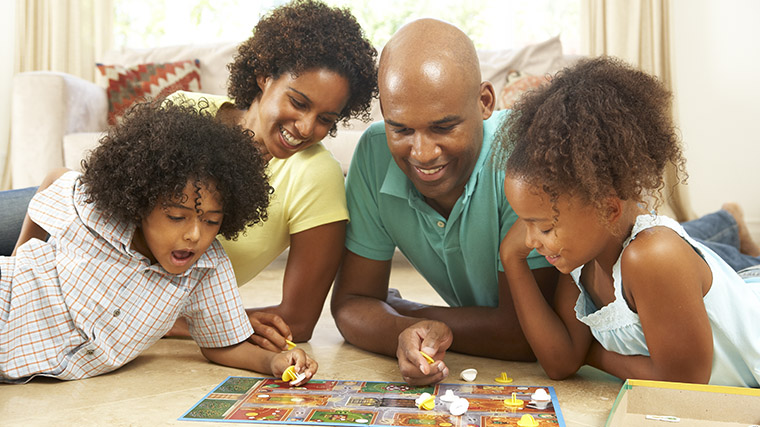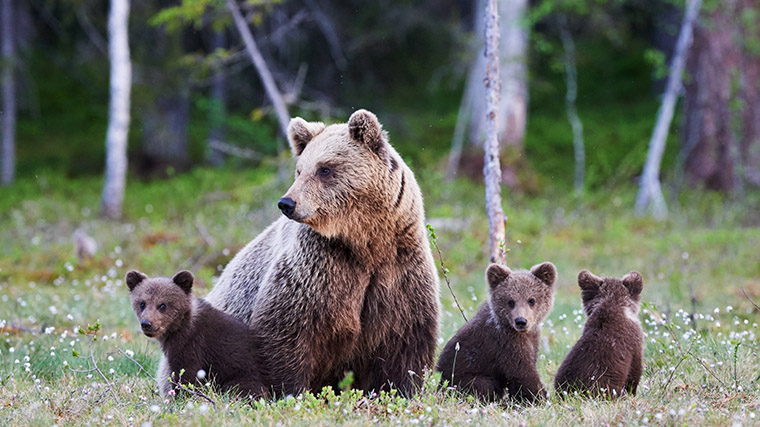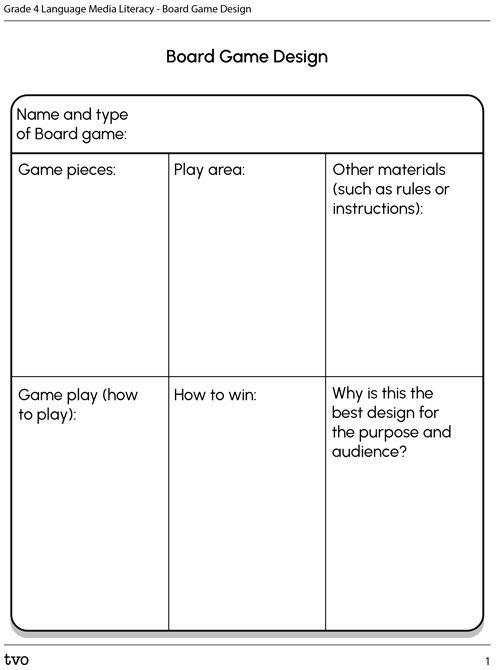Minds On
Board games

Student Success
Think-Pair-Share
Brainstorm a list of familiar board games. You may also do a search for some popular games. Try to come up with some categories of games. Classify the specific board games from the list that you have created into the different categories. Select two or three games and think about what makes the game fun or popular as well as who might play the game.
You can record your thinking by completing the Board Games in your notebook or using the following fillable and printable document. Record your ideas orally, digitally, in print or in a method of your choice.
| Board game/game | Category | What makes the game fun or popular: |
|---|---|---|
Press the ‘Activity’ button to access Board Games.
Note to teachers: See your teacher guide for collaboration tools, ideas and suggestions.
Action
Types of board games
Board games come in many different forms. Another name for them is tabletop games because they are generally played on a table. The oldest known board game is called Senet. The game is from Egypt and is believed to be as old as 3000 BCE. That means people were playing board games over five thousand years ago!

In the Minds On, you explored some board games and tried to categorize them. What category of game do you believe Senet belongs in? Let’s explore the parts of the game. There are two different kinds of “pawns” (or moveable pieces). The board is made up of 30 squares in three rows of ten.
Student Success
Think-Pair-Share
Consider the following questions:
- Does the description of the game remind you of any other games you know?
- Which games does it remind you of? Why does it remind you of these games?
- Using the limited information, you have about the game Senet, which age group do you believe would be interested in playing this game? Why do you think that? Is it possible that other age groups might be interested in the game?
Note to teachers: See your teacher guide for collaboration tools, ideas and suggestions.
Below are some different types of board games. Can you think of an example of each?
Abstract Strategy
These games do not have a theme which is why they are called abstract. Winning depends on your skill, not luck, which is why it is a strategy game. An example of this type of game is Senet. Can you think of other examples?
Select the correct answer. Press the ‘Check Answer’ button to see if you're right.
Educational
The target audience for these types of games are often children. These games focus on teaching knowledge, skills, or techniques. The rules for these games and the game mechanics are usually simple and easy to follow. Game mechanics is another way to explain how the game works. Can you think of an example of an educational board game?
Select the correct answer. Press the ‘Check Answer’ button to see if you're right.
Cooperative
As the name suggests, in this type of game players work together to win.
Select the correct answer. Press the ‘Check Answer’ button to see if you're right.
Conventions and techniques of a board game
In the board game Senet, there is a board and moveable pieces called pawns. What other elements can we find in board games? Record a list of elements you can find in board games or other games.

You can record your thinking by completing Board Game Elements in your notebook or using the following fillable and printable document. Record your ideas orally, digitally, in print, or by using a method of your choice.
It might help to first brainstorm different games that you have played. Then, think of the different parts of the game. What are the different pieces? What is on the box and inside the box? Do the players place pieces on something? What is it?
| Game (example: Senet) | Elements (example: pawns, board) |
|---|---|
Press the ‘Activity’ button to access the Board Game Elements.
Consolidation
Designing a game
Imagine you are a game designer and you need to create a game that teaches students about animal habitats. First, you will decide what type of game is best for the purpose and target audience. Then, decide which elements (conventions and techniques) are best for this game.

Complete the Board Game Design in your notebook or using the following fillable and printable document. The description of your board game must include:
Name and type of game. Is it abstract strategy, educational, or cooperative?
- Box contents (game pieces, written materials, play area)
- How is the game played? Who goes first? What happens on a player’s turn? How does someone win?
- Why is this game design the best choice for the purpose and audience?
- Extension: if you can design an interactive board game using coding, go for it!
Games hour
Student Success
Think-Pair-Share
How did analyzing the conventions and techniques in the Action section help you design your board game in the Consolidation section?
If possible, share your board game design with a partner.
Note to teachers: See your teacher guide for collaboration tools, ideas and suggestions.
Reflection
As you read through these descriptions, which sentence best describes how you are feeling about your understanding of this learning activity? Press the button that is beside this sentence.
I feel...
Now, record your ideas using a voice recorder, speech-to-text, or writing tool.
